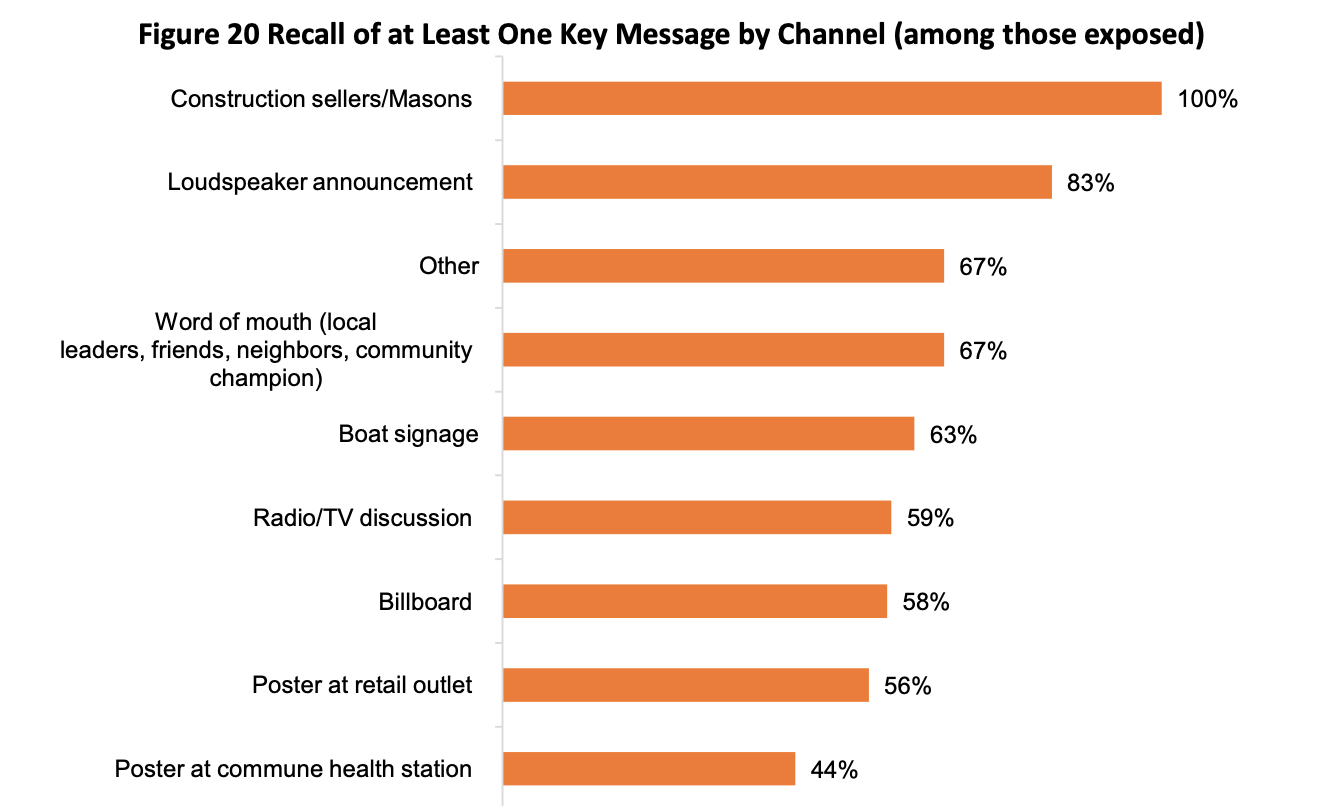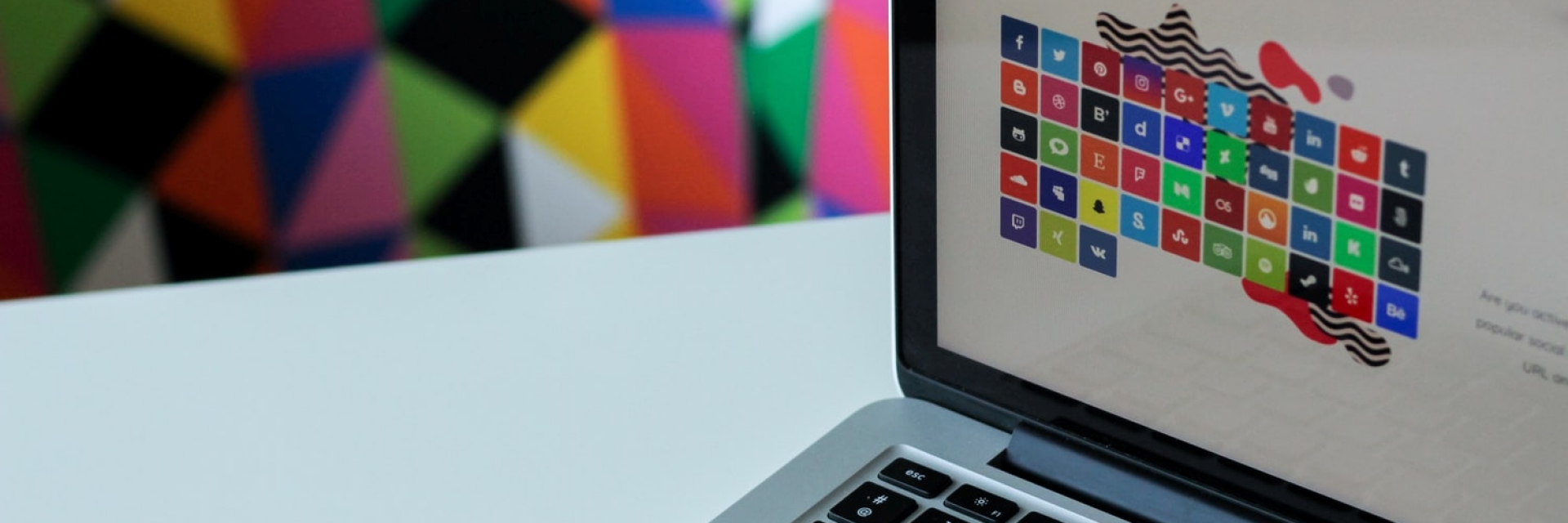"TOT ('good') Toilet Campaign - Invest in building a toilet, protect family dignity, be proud of being good men and capable women"
In December 2016, PSI Vietnam conducted a behavioral study among 1,200 rural households in Tien Giang and Dong Thap provinces to assess PSI’s sanitation social marketing program progress and to inform future improvements in coverage and sanitation as well as hygiene behaviors.
The results presented not too many surprises. One‐third of households surveyed still used unhygienic latrines and 18% still practiced open defecation outside of their homes. Perceived advantages of unhygienic latrines, social acceptance of unhygienic sanitation practices and financial barriers are factors contributing to open defecation and ‘hanging’ or ‘fish pond’ unhygienic sanitation practices among rural households in the Mekong Delta region of Vietnam.

Water, sanitation and hygiene (WASH)‐related diseases continue to limit improvements in health and socioeconomic development, particularly among underserved rural communities. Poor sanitation, unsafe drinking water and poor hygiene practices are leading causes of acute respiratory infection (ARI) and diarrheal diseases, which account for nearly one‐third of deaths among children under five years old in Vietnam. Diarrheal disease alone is the third highest cause of death in children under five years old in Vietnam.
The findings of this study indicate that market‐based approaches and social marketing campaigns can contribute to improved sanitation. Increasing coverage within the Mekong Delta region and beyond is critical to efforts to help the Ministry of Health achieve national targets related to improving sanitation. This study highlights the potential to improve sanitation affordability by i) communicating actual cost of sanitation including lower‐cost superstructure options; ii) targeting subsidies to the neediest families; iii) improving access to flexible payment terms offered by sanitation retailers or masons serving families investing in latrine‐only construction projects.
Optimal communication method to raise awareness of people about sanitation in rural areas
The campaign has achieved certain success, with 23% reported exposure to either TOT or ROTO communication through any channel approximately 10 months after PSI social marketing campaigns were launched in the same province. Exposure to PSI communications varied by district, with half of all respondents in Tan Phu Dong district reporting exposure compared to only 14% in Cho Gao.

From here, the research also reflects the best communication methods to help raise awareness about sanitation issues. Advice from masons/building materials advisors is the most effective form of communication with a 100% percentage of people reached, followed by local radio, word of mouth, one-column billboard. The least effective include posters and posters at the commune health stations. The radio broadcast that CREATIO produced for the campaign has helped with the exposure to the key message. Increased exposure to evidence‐based sanitation messaging is likely to yield greater sanitation behaviour change. Households exposed to TOT sanitation or ROTO tank messages are 2.8 times more likely to have built a hygienic latrine in the last year, compared to those not exposed. Increased exposure to this campaign or similar programmes, based on proven quantitative data and tailored messages will hence increase public awareness of the benefits of proper sanitation and washing hands with soap, and at the same time urge rural families to invest more in constructing hygienic latrines, with support from related stakeholders.

